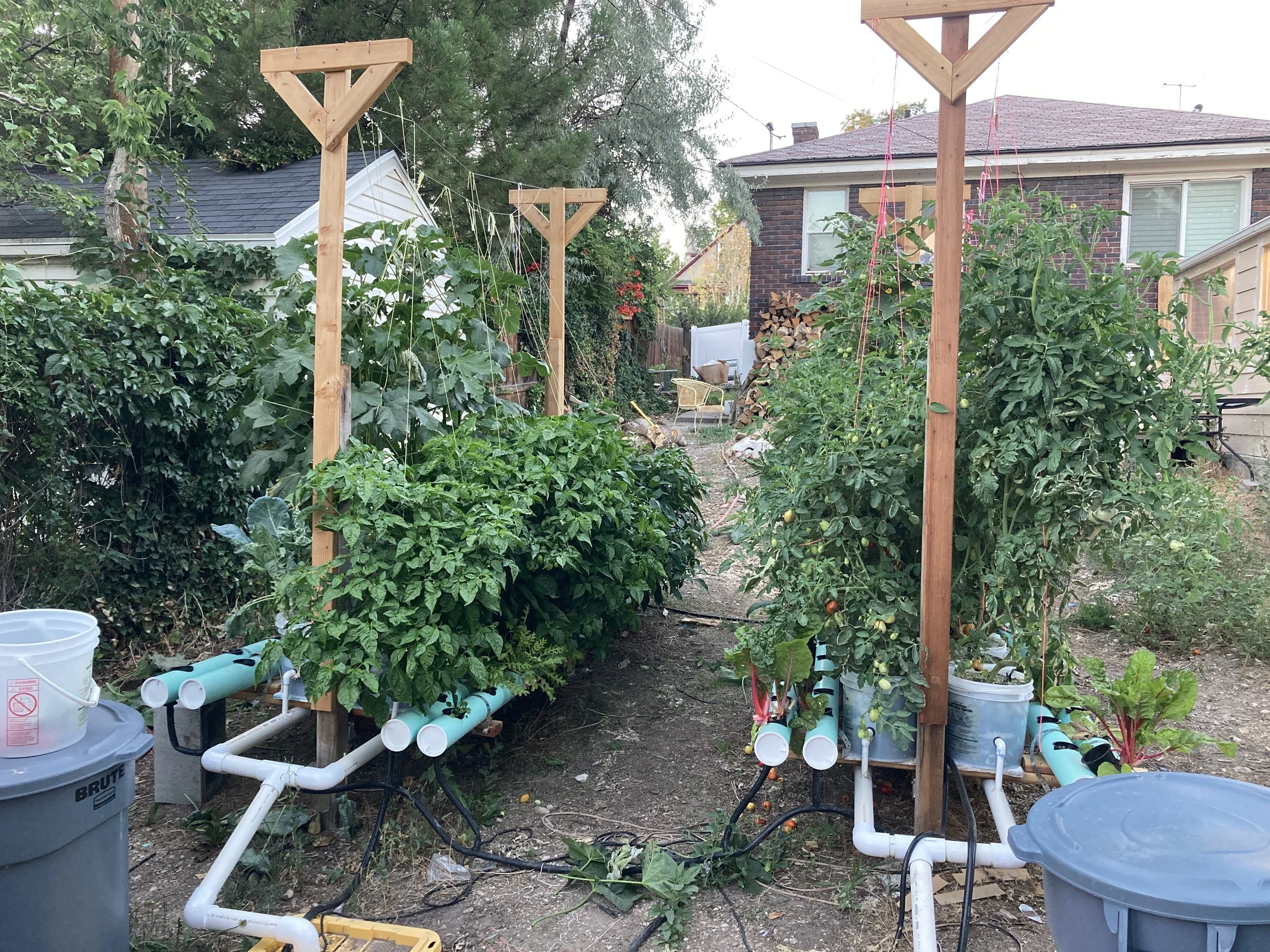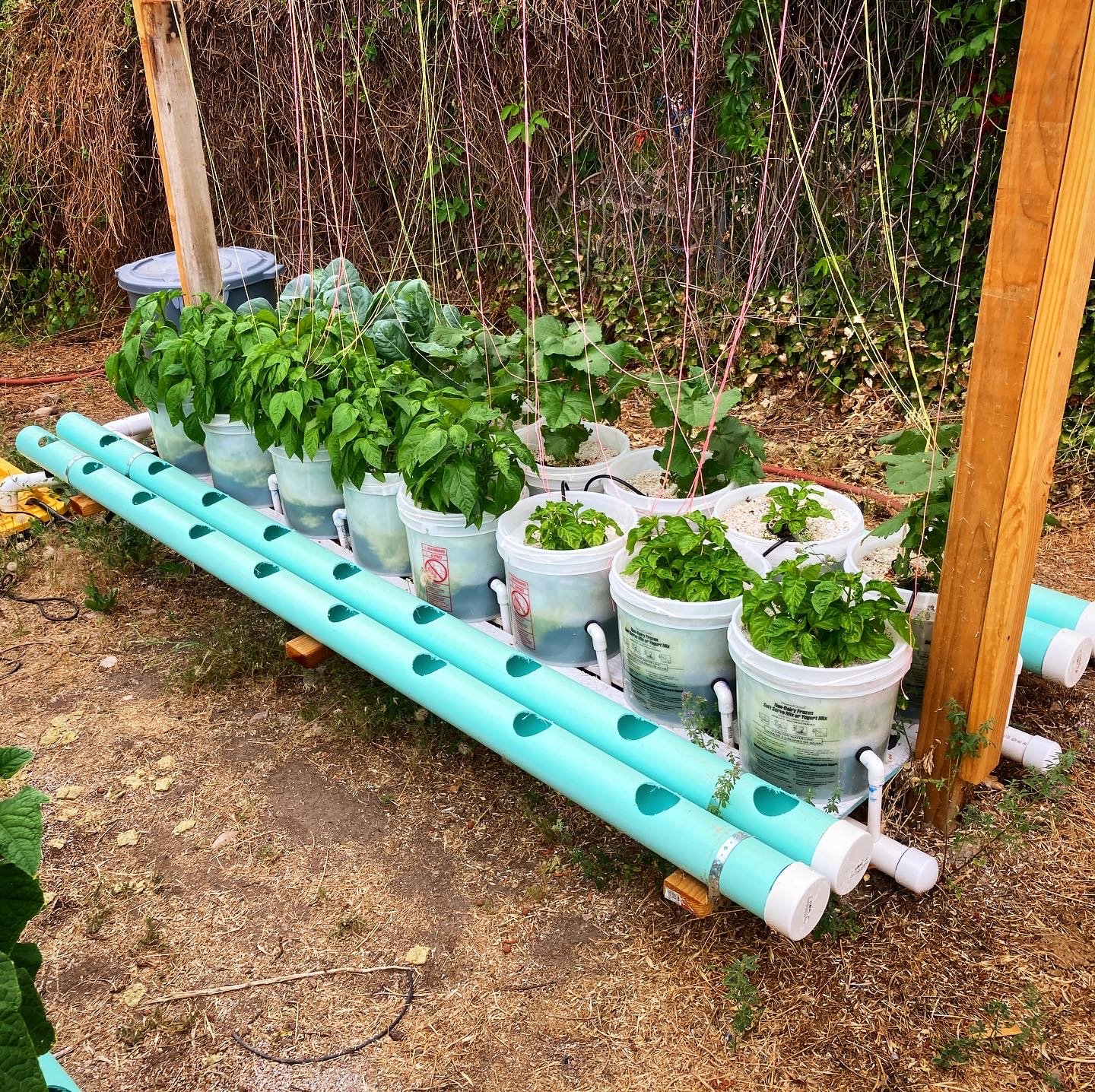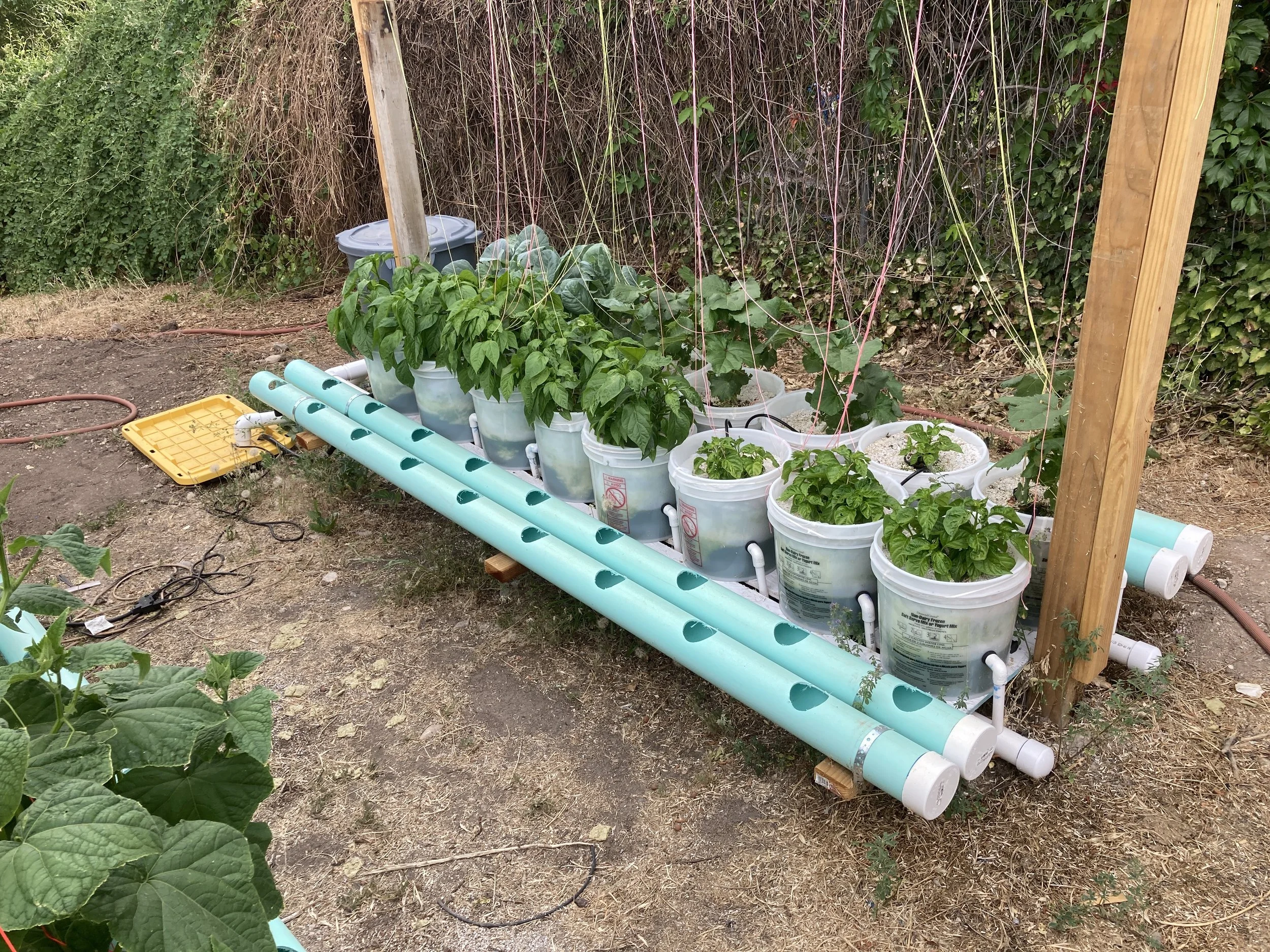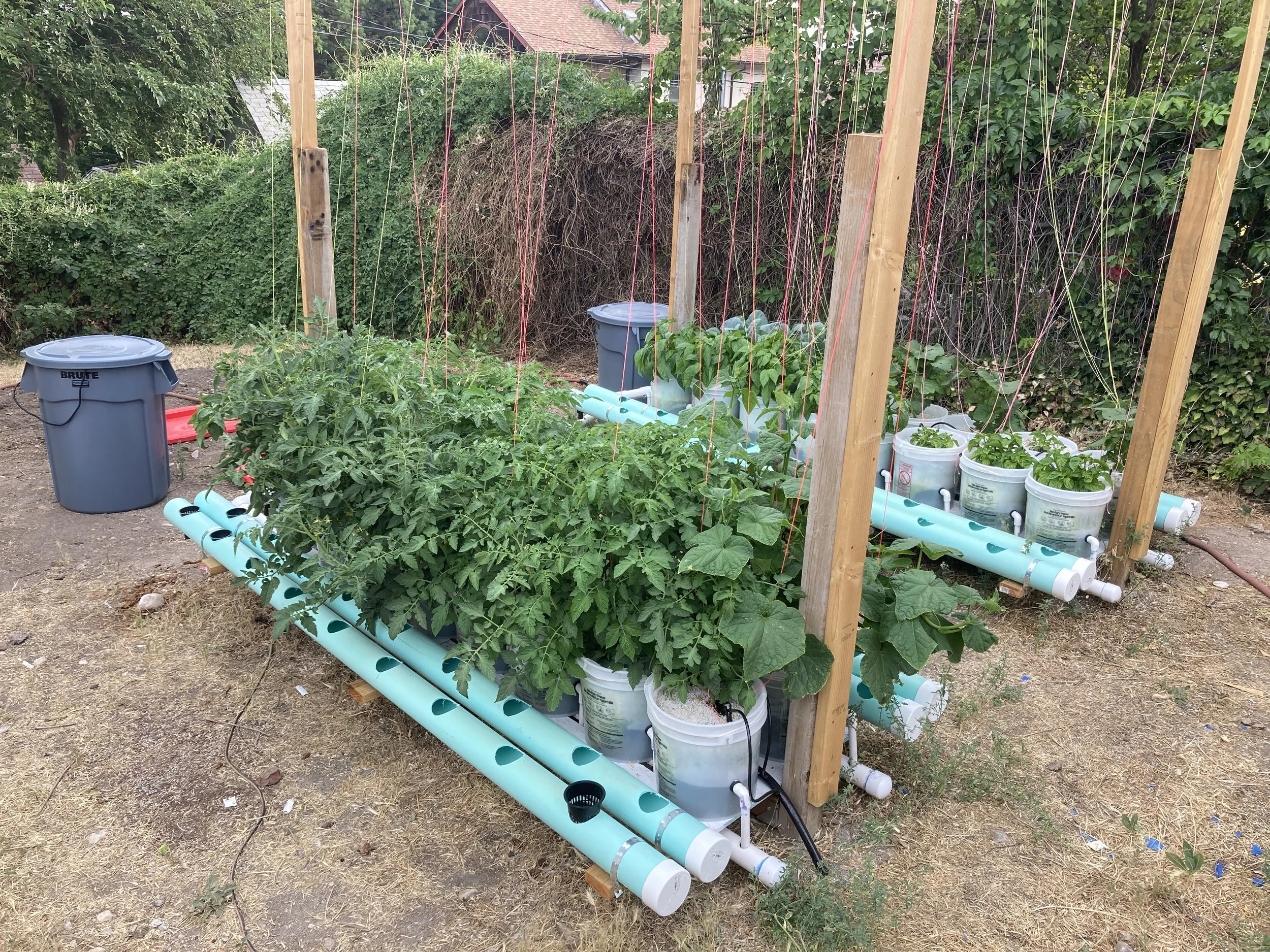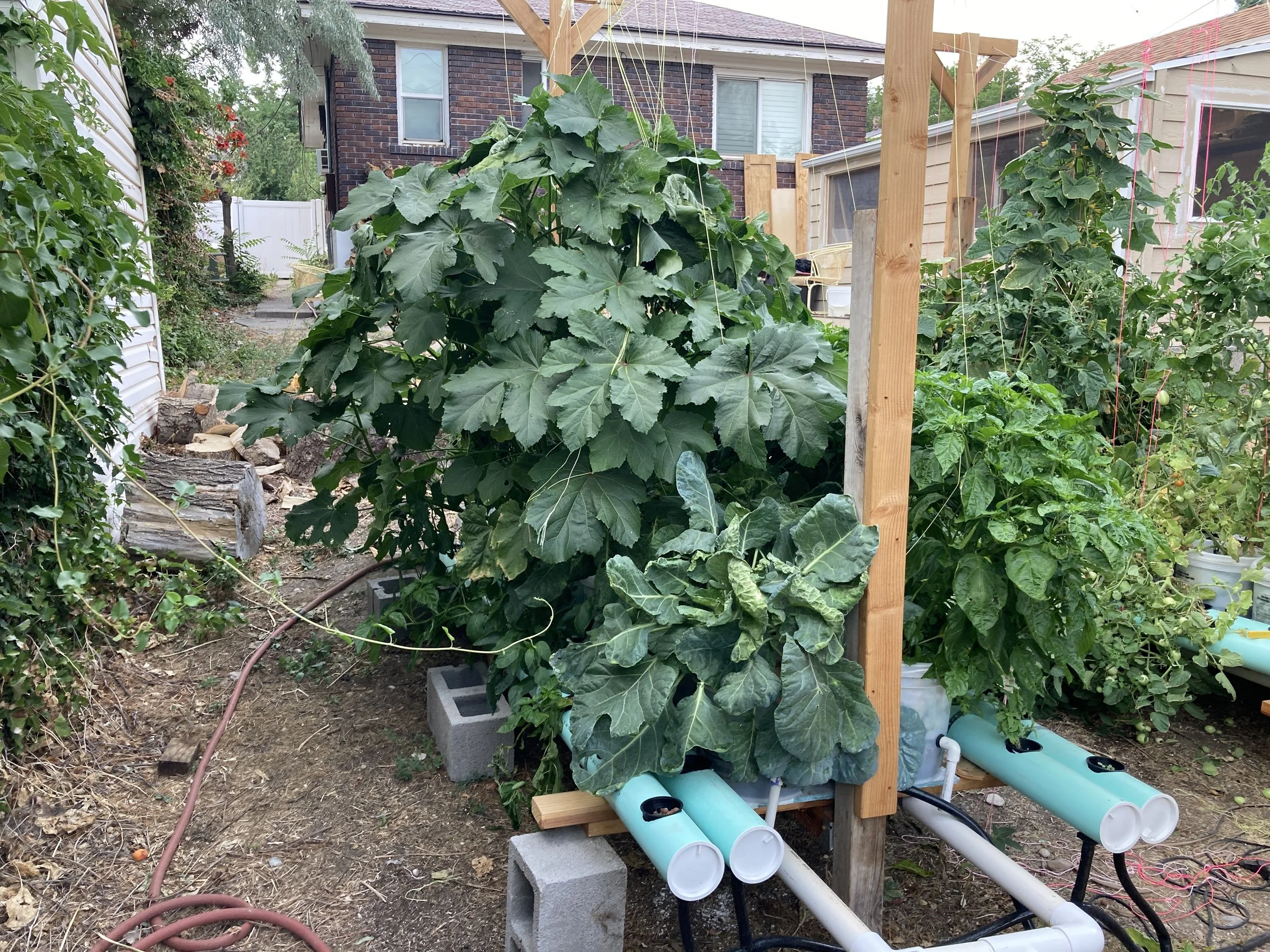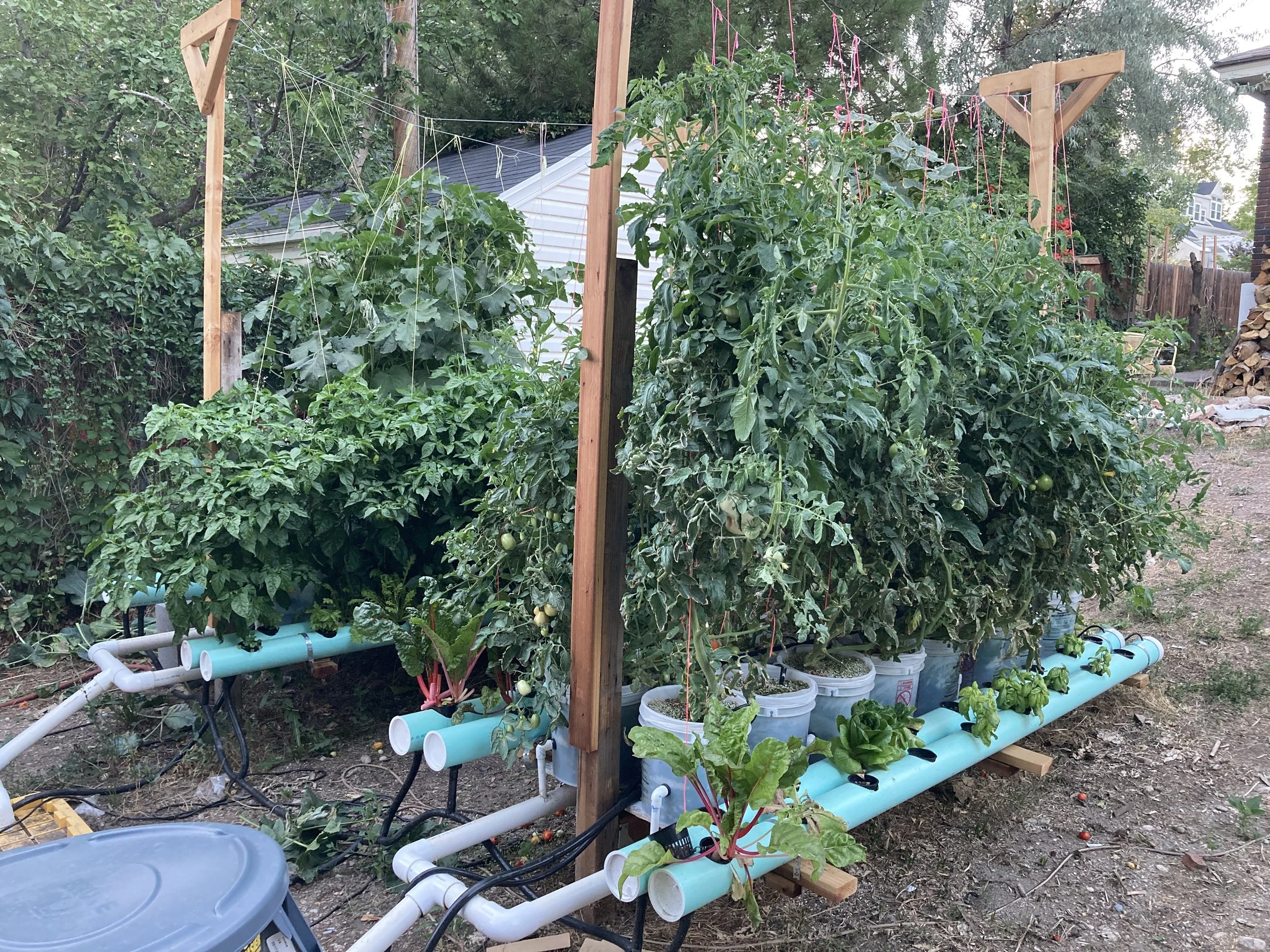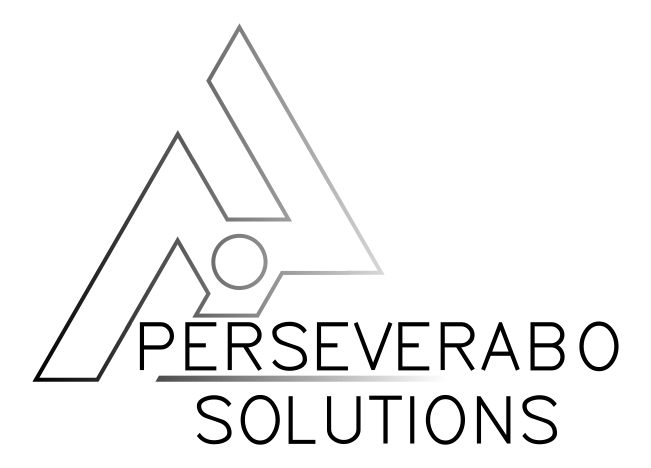Self-Maintaining Hydroponic Farming System
As urban living spaces shrink and the desire for fresh, home-grown produce grows, the concept of automated hydroponic gardens has gained significant popularity. Hydroponics, the method of growing plants without soil, utilizing nutrient-rich water solutions, offers an efficient and sustainable alternative to traditional gardening. When automated, it transforms into a futuristic gardening system that virtually manages itself, providing fresh, healthy produce with minimal effort. Let's explore this design a bit, and how you can revolutionize your home gardening experience with an automated hydroponic garden.
Why Choose Hydroponics?
Hydroponics presents several advantages over traditional soil-based gardening:
Space Efficiency: Ideal for urban settings, hydroponic systems can be set up vertically, maximizing the use of available space.
Water Conservation: Hydroponic gardens use up to 90% less water compared to traditional gardening, as the nutrient solutions are recirculated.
Faster Growth: Plants in hydroponic systems often grow faster due to direct access to nutrients and better control over growing conditions.
Pest and Disease Control: Without soil, plants are less susceptible to soil-borne diseases and pests.
The Role of Automation
Automating a hydroponic garden involves integrating technology to monitor and control various aspects of the growing environment. Here are the key components of an automated hydroponic system:
Sensors: These devices monitor parameters such as temperature, humidity, pH levels, and nutrient concentration in real-time. While the system designed for this client did not utilize such sensors, a similar application that requires better data management may prove a suitable situation for such a thing.
Controllers: Using data from the sensors, controllers adjust the environment by regulating water flow, light, and nutrient delivery.
Lighting: In an indoor environment, LED grow lights can be automated to provide the right spectrum and intensity of light needed for different growth stages.
Watering Systems: Timers and sensors ensure that plants receive the right amount of water at the right time, preventing over or under-watering. In our case, we solved this challenge a different way.
Mobile Apps: While our client did not need such a thing, many automated systems come with companion apps that allow you to monitor and control your garden remotely, receive alerts, and access data analytics.
Benefits of an Automated Hydroponic Garden
Convenience: Automation significantly reduces the time and effort required to maintain your garden, making it accessible for busy individuals.
Consistency: Automated systems provide a stable growing environment, leading to consistent, high-quality yields.
Sustainability: By using less water and eliminating the need for chemical pesticides, hydroponic gardens are an eco-friendly choice.
Year-Round Production: With the controlled environment of a hydroponic system, you can grow fresh produce throughout the year, regardless of the season.
Lets Take a Look at Our System:
For our client, a fairly simple self-circulating watering system was implemented. A reservoir at the base of each garden row would be filled daily with an NPK (nutrient)-enriched water solution, which would be pumped up and into each grow bucket. A timer controller via Arduino controller dictated when the pumps would turn on and off, around 20 minutes on and 1 hour off at each time. When the buckets would reach the drain point, the excess water would overflow into the return line and cycle itself back into the reservoir to be repumped up into each bucket. This had the advantage of keeping the water aerated and non-stagnant, as well as cooler in the heat of the day.
Trellis’ were run overhead to accommodate taller plants that needed support when grown tall. String lines were run downwards for the plants to be clipped to as they grew upwards, preventing the large plants from slumping over while growing. The square footage built into the pot platforms enabled a variety of different receptacle types to be used for the growing process. The client opted for less expensive plastic buckets, opting for a more permanent solution should fas
Conclusion
An automated hydroponic garden is more than just a modern marvel; it's a practical solution for urban dwellers and gardening enthusiasts alike. By integrating technology with hydroponics, you can enjoy the benefits of fresh, home-grown produce with minimal effort and maximum efficiency. Embrace the future of gardening and transform your home into a sustainable oasis with an automated hydroponic garden. Happy growing!
